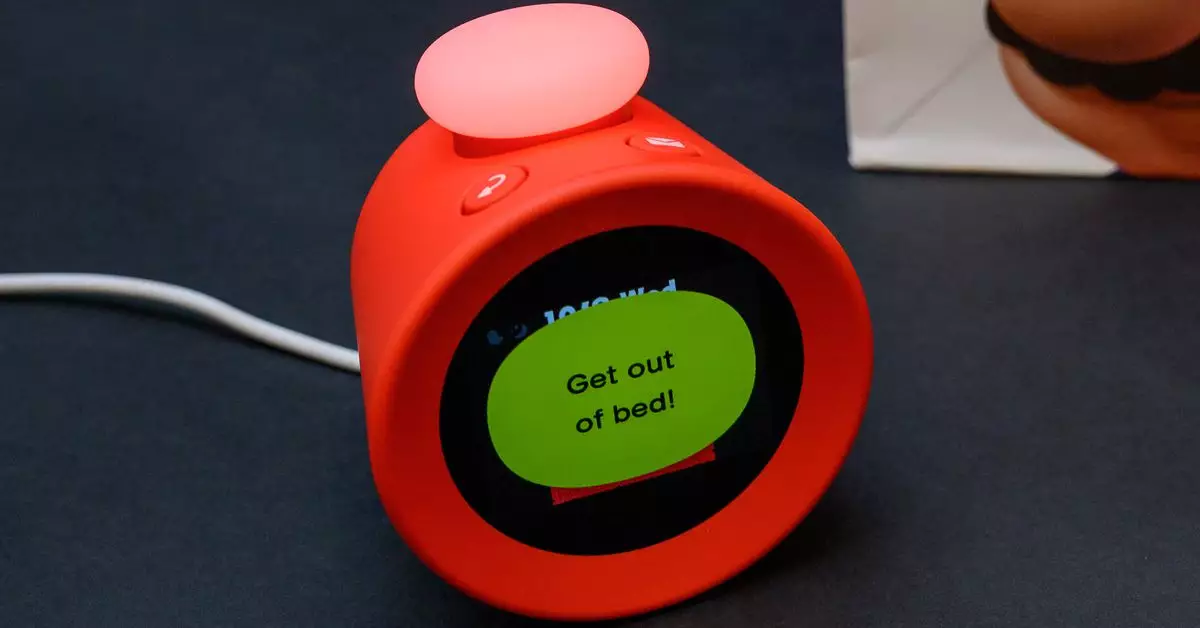At first glance, the Alarmo alarm clock seems to serve a singular, mundane purpose: to wake you up on time with its whimsical design and gentle sounds. However, the gadget has recently gained notoriety for an entirely unexpected reason—its ability to run the classic video game Doom. This quirky evolution raises intriguing questions about the intersection of technology, creativity, and user empowerment in a world increasingly driven by digital innovation.
The catalyst for this transformation came from hacker GaryOberNicht, who demonstrated how the Alarmo could celebrate its newfound capabilities through custom firmware. Using techniques developed by another enthusiast known as Spinda, Gary managed to breathe life into the clock, showing that this household object could become a playable gaming platform. By employing a simple USB connection to load the game, Gary showcased a remarkable case where hardware typically associated with functionality like timekeeping could be repurposed for entertainment.
This remarkable feat serves as a testament to the ingenuity and resourcefulness of the tech community. The ability to install and run software without compromising the device itself not only represents a technological breakthrough but also highlights the inherent desire among users to transform and extend the capabilities of their devices. The fact that such transformative hacks can be shared openly on platforms like Github furthers the communal spirit that is central to modern tech culture.
What makes the Alarmo’s transformation so compelling is not just the integration of Doom, but the potential it unleashes for further innovations. Gary’s announcement hinted at a broader horizon where more complex software could be developed to run on the Alarmo. The implications of this are vast: from developing new mini-games to creating entirely different types of applications that could redefine how users interact with such devices.
Yet, this creative freedom comes with its set of challenges, especially as corporate entities like Nintendo might flex their legal muscles to protect intellectual property rights. The delicate balance between innovation and compliance with existing copyright laws adds an intriguing layer of complexity to this situation.
For now, Alarmo owners with a bit of technical prowess have the keys to open a new realm of possibilities. The enthusiastic responses and engagement from the tech community are vital. Just as the Alarmo itself has become a canvas, the digital landscape thrives on the contributions from those dedicated to pushing the boundaries of technology. While the traditional uses of alarm clocks might be straightforward, the potential for innovation underscores the importance of fostering environments that encourage exploration and experimentation.
In a world where technology often feels like it dictates how it is used, the story of the Alarmo serves as a reminder of human ingenuity. The journey from a household gadget to a playable console not only reflects creativity and ambition but also sets the stage for future adventures in tech as we continue to explore the limits of what we can achieve.

